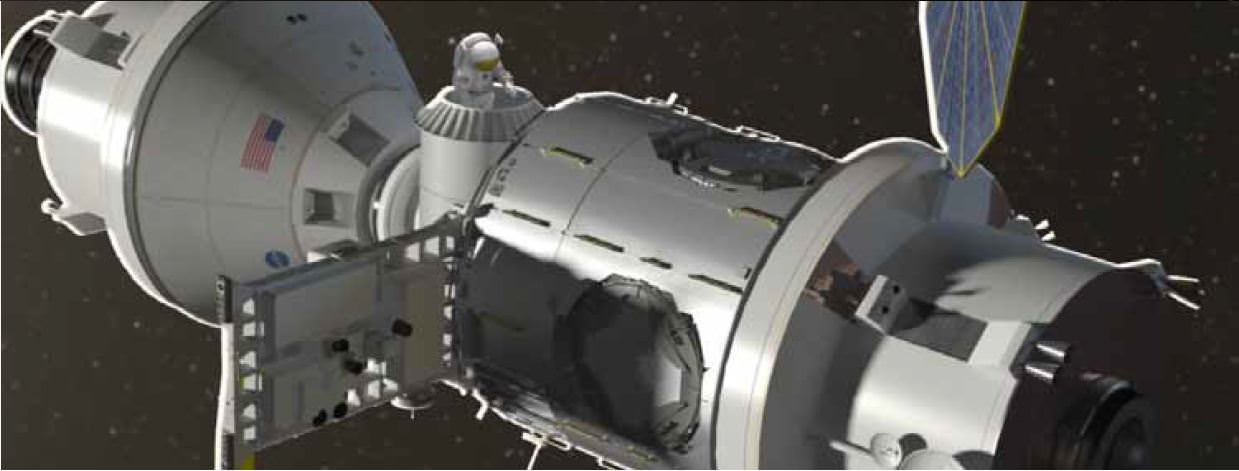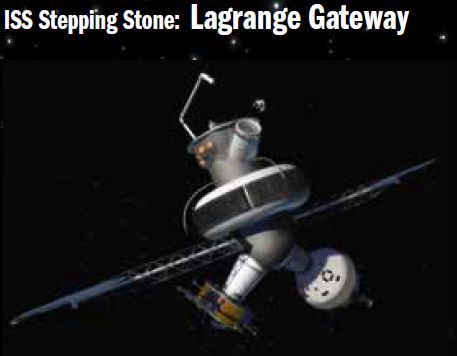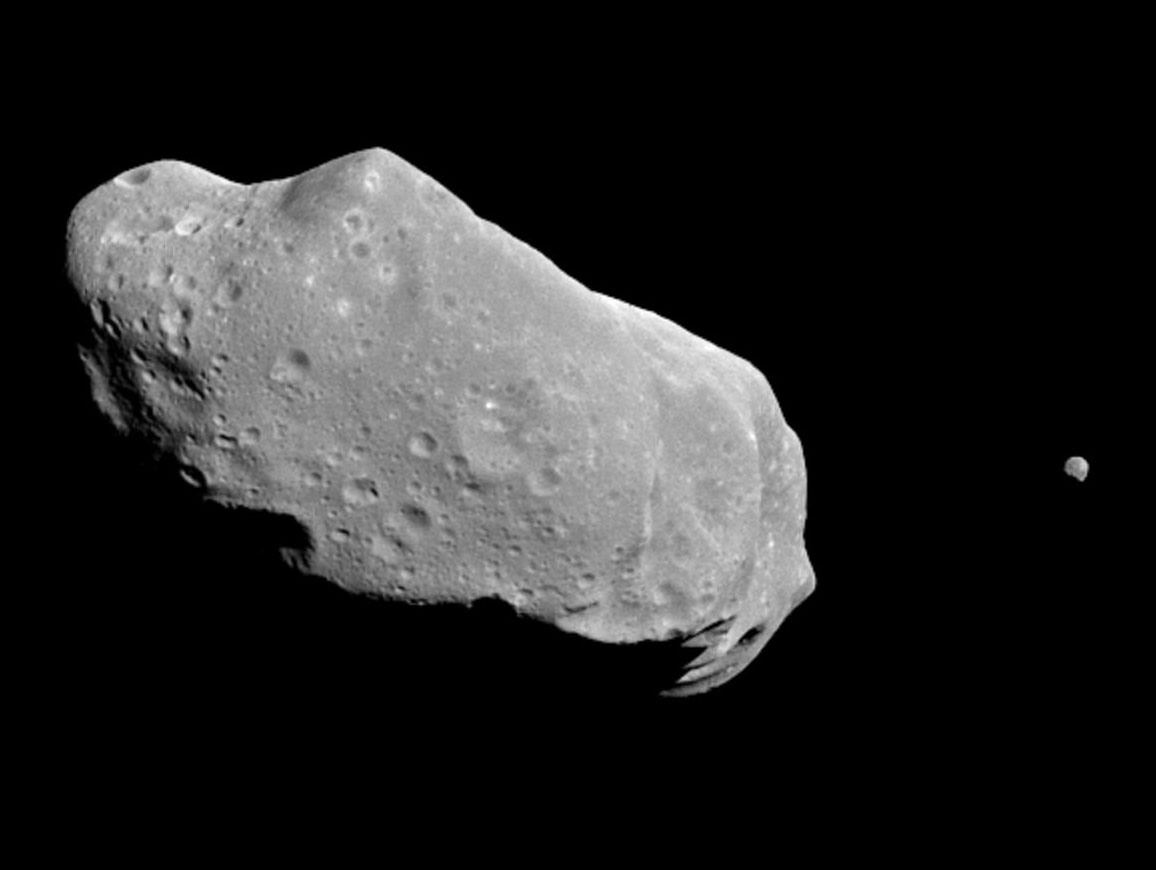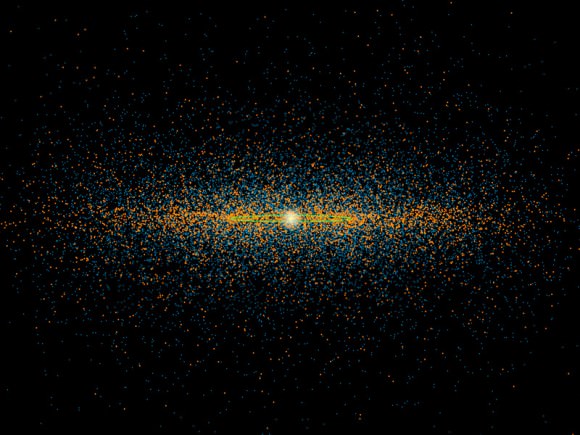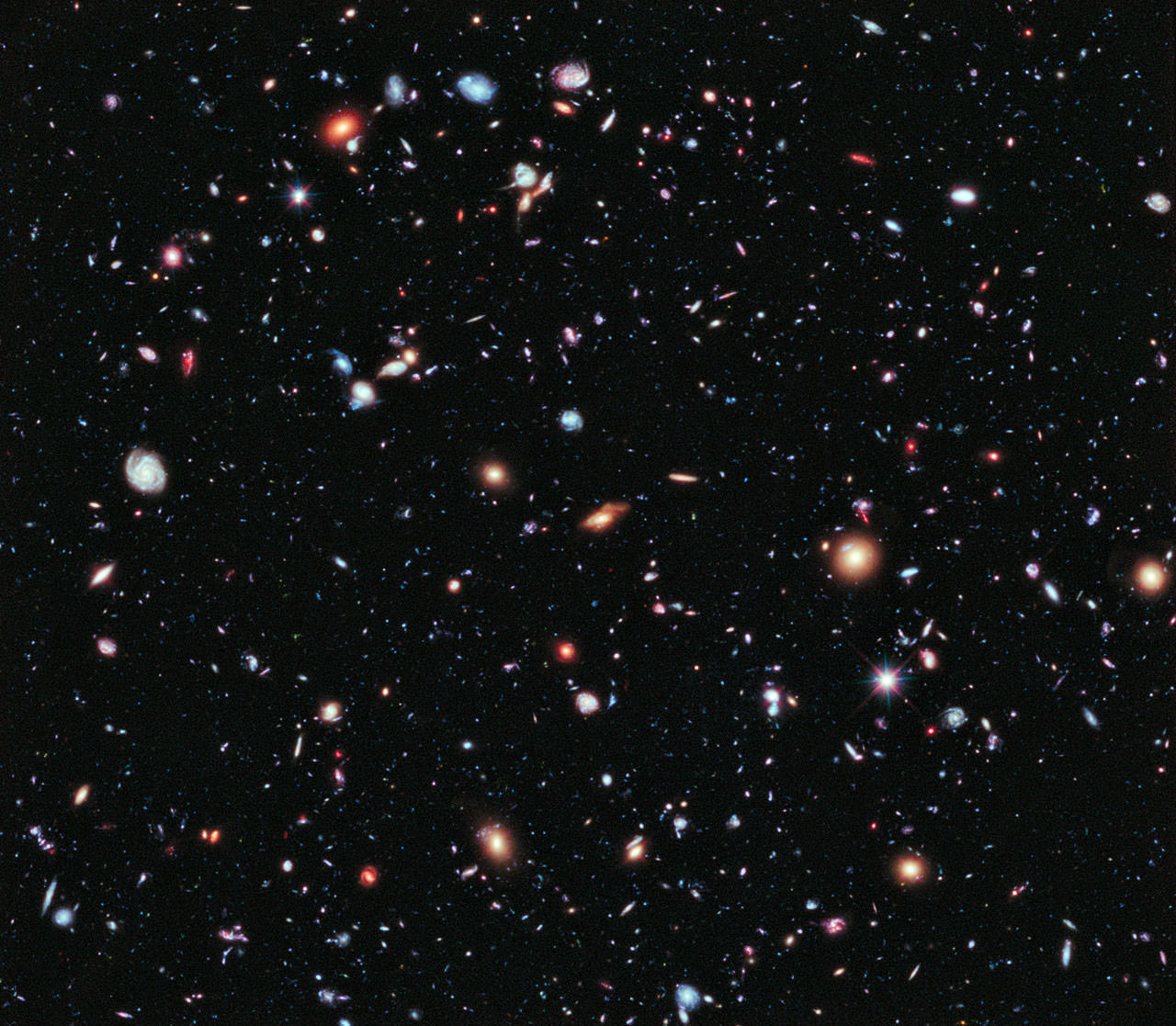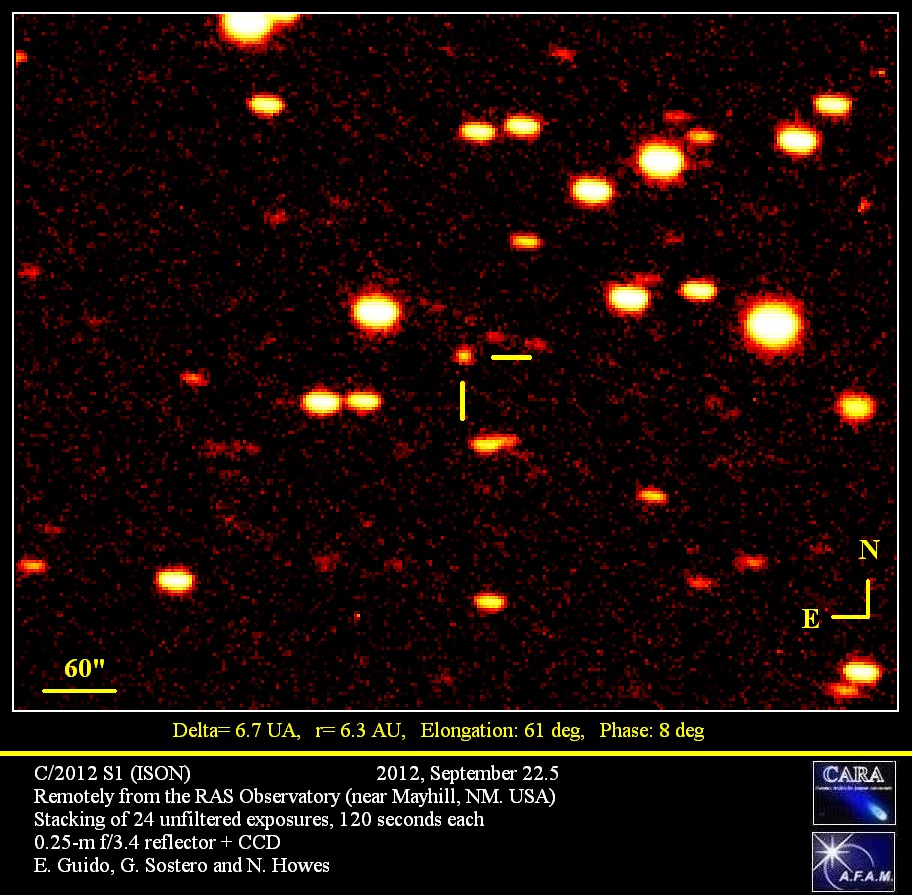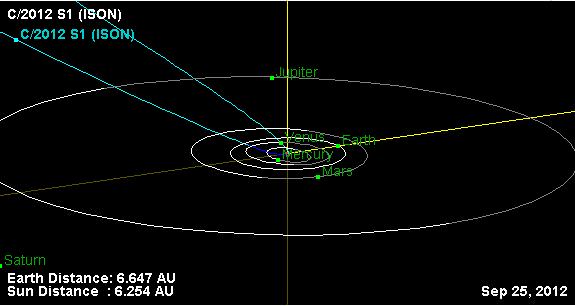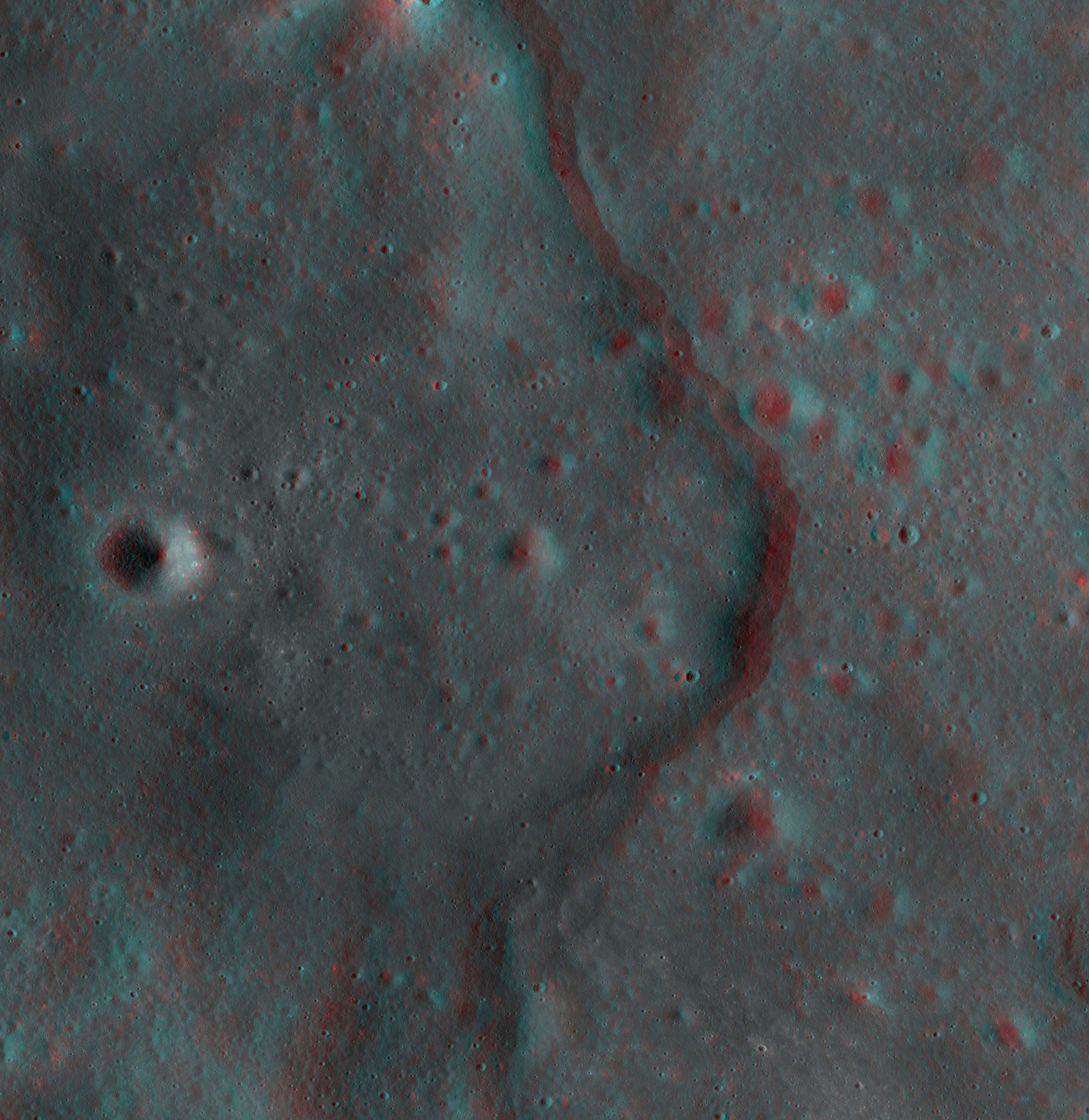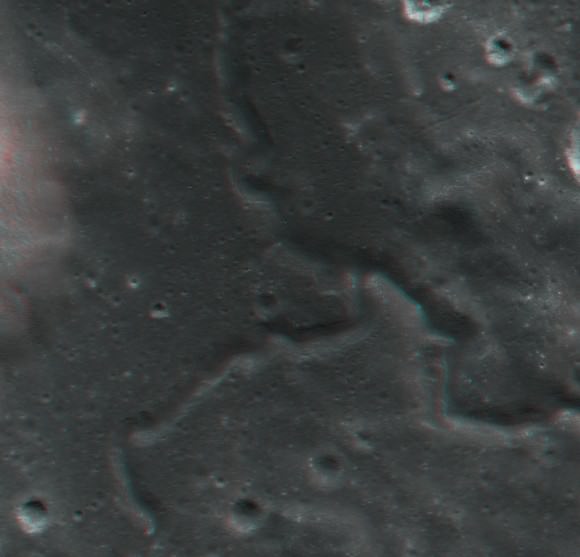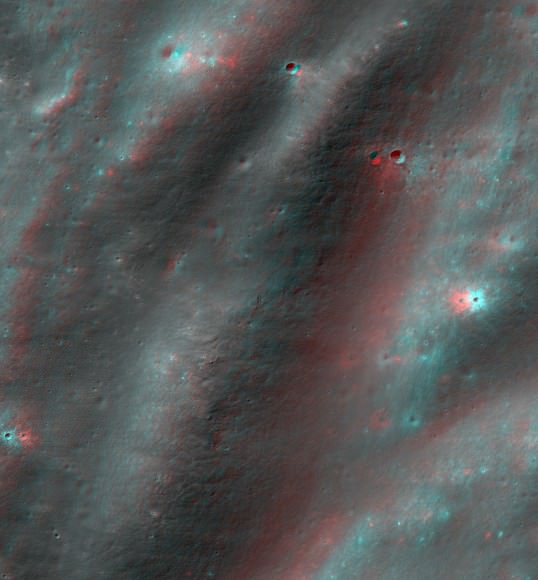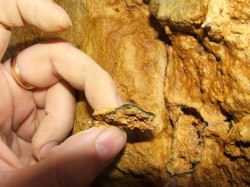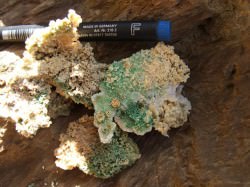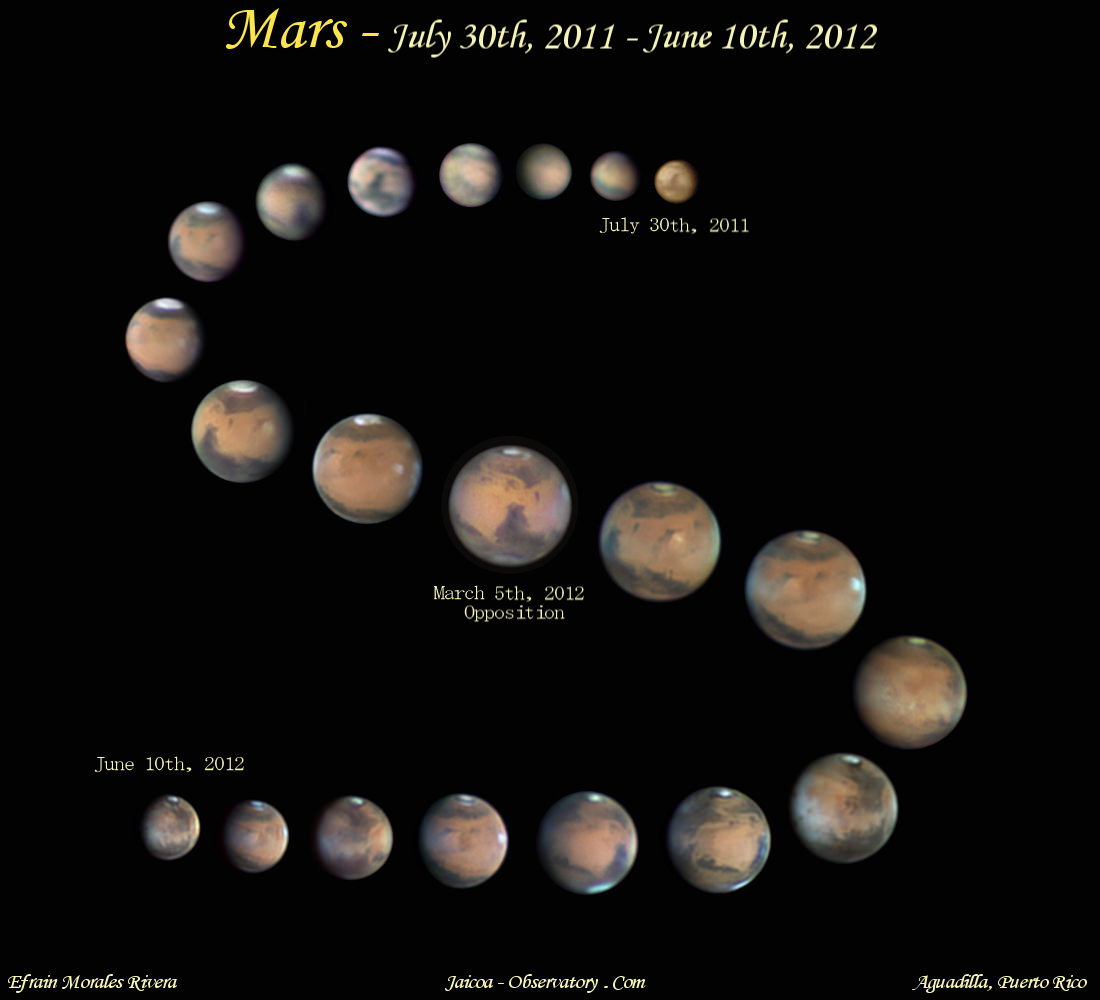In this artist’s concept, the Orion MPCV is docked to a habitat; an astronaut exits the spacecraft to conduct an EVA. Credit: NASA
Over the weekend, The Orlando Sentinel reported that NASA is considering building a hovering outpost beyond the Moon at L-2 (Lagrangian point 2) that will be a ‘gateway’ to serve as a point for launching human missions to Mars and asteroids. The buzz among the space-related social medias ranged from “this is the greatest idea ever” to “this is make-work for the Space Launch System, (NASA’s new rocket.)” The newspaper’s report cited a White House briefing given in September by NASA Administrator Charlie Bolden, but said “it’s unclear whether it has the administration’s support. Of critical importance is the price tag, which would certainly run into the billions of dollars.”
As always, money is the real issue with any grand ideas that anyone at NASA may have.
And NASA has now officially responded to the The Sentinel’s report and said… well, actually they didn’t really say much at all. Here’s the NASA statement:
“NASA is executing President Obama’s ambitious space exploration plan that includes missions around the moon, to asteroids, and ultimately putting humans on Mars. There are many options – and many routes – being discussed on our way to the Red Planet. In addition to the moon and an asteroid, other options may be considered as we look for ways to buy down risk – and make it easier – to get to Mars. We have regular meetings with OMB (Office of Management and Budget), OSTP(Office of Science and Technology) , Congress, and other stakeholders to keep them apprised of our progress on our deep space exploration destinations. This concept is a part of the Voyages document that we mentioned in an earlier Update posted on NASA.gov in June: http://go.nasa.gov/NASAvoyages.” Refer to page 26 of the chapter titled, “Habitation and Destination Capabilities.”
And so NASA does not deny they are looking into building such a base, and in the document mentioned above, they do provide some interesting details about why exploring cis-lunar space would be important: for scientific reasons, for technological and economic growth and to pave the way for future exploration.
Related content: Paul Spudis’ Plan for a Sustainable and Affordable Lunar Base
And so, what would a space station beyond the Moon be like? The Sentinel suggested it could be built in a budget-conscious way using parts left over from the International Space Station and be placed at what’s known as the Earth-Moon Lagrange Point 2, a spot about 38,000 miles beyond the far side of the Moon and 277,000 miles from Earth where the gravitational pull of Earth and the Moon are at equilibrium, so that a spacecraft could basically “hover” in a fixed spot.
In the document, NASA says the habitat they are designing combines technologies to accommodate a crew of at least four, potentially six for a mission to Mars. The in-space version of the habitat will require docking systems for crew transportation vehicles, and it could be used in cis-lunar space as a Lagrange point facility, or in transit to deep-space destinations, or near a NEA.
Artist’s concept of an inflatable cis-lunar facility, or Lagrange gateway. Credit: NASA
They call the L-2 Gateway base an “ISS Stepping Stone,” saying that the ISS is an invaluable resource for researching and testing exploration capabilities in space, and it may inspire future space station concepts.
“As NASA looks to explore beyond LEO, the agency is considering how a facility in cis-lunar space, potentially stationed at an Earth-Moon Lagrange point, could support research, testing, and astronomical observation, as well as provide a staging point for exploration missions. Such a facility, also known as a Lagrange gateway, would build upon ISS hardware and experience, and would serve as an initial in-space habitat, providing a basis for future long-duration habitation developments.”
Could this ‘Gateway’ idea really fly?
The Sentinel says that from NASA’s perspective, the outpost solves several problems.
“It gives purpose to the Orion space capsule and the Space Launch System rocket, which are being developed at a cost of about $3 billion annually. It involves NASA’s international partners, as blueprints for the outpost suggest using a Russian-built module and components from Italy. And the outpost would represent a baby step toward NASA’s ultimate goal: human footprints on Mars.” — Orlando Sentinel
The report doesn’t mention budget or costs, and if the federal government cuts budgets in the name of deficit reduction, it is very unlikely that NASA will get more money — and it likely could get less – than the current budget of $17.7 billion.
If the past is any indication of the future, this report may wind up like Werner von Braun’s 1950’s vision of getting humans to Mars: a report that future generations look back on and say, “wish we could have done that, and why can’t we do that now?”

